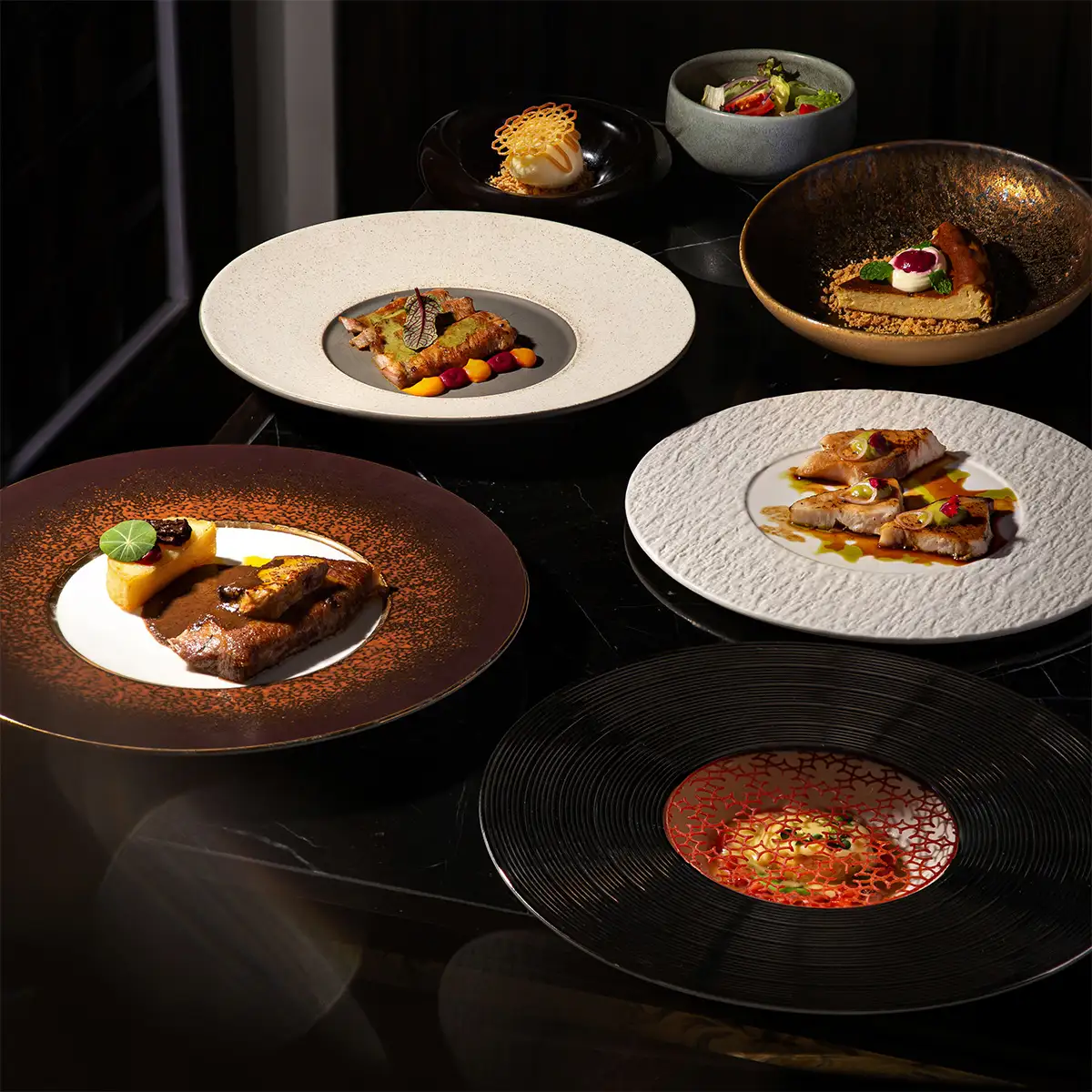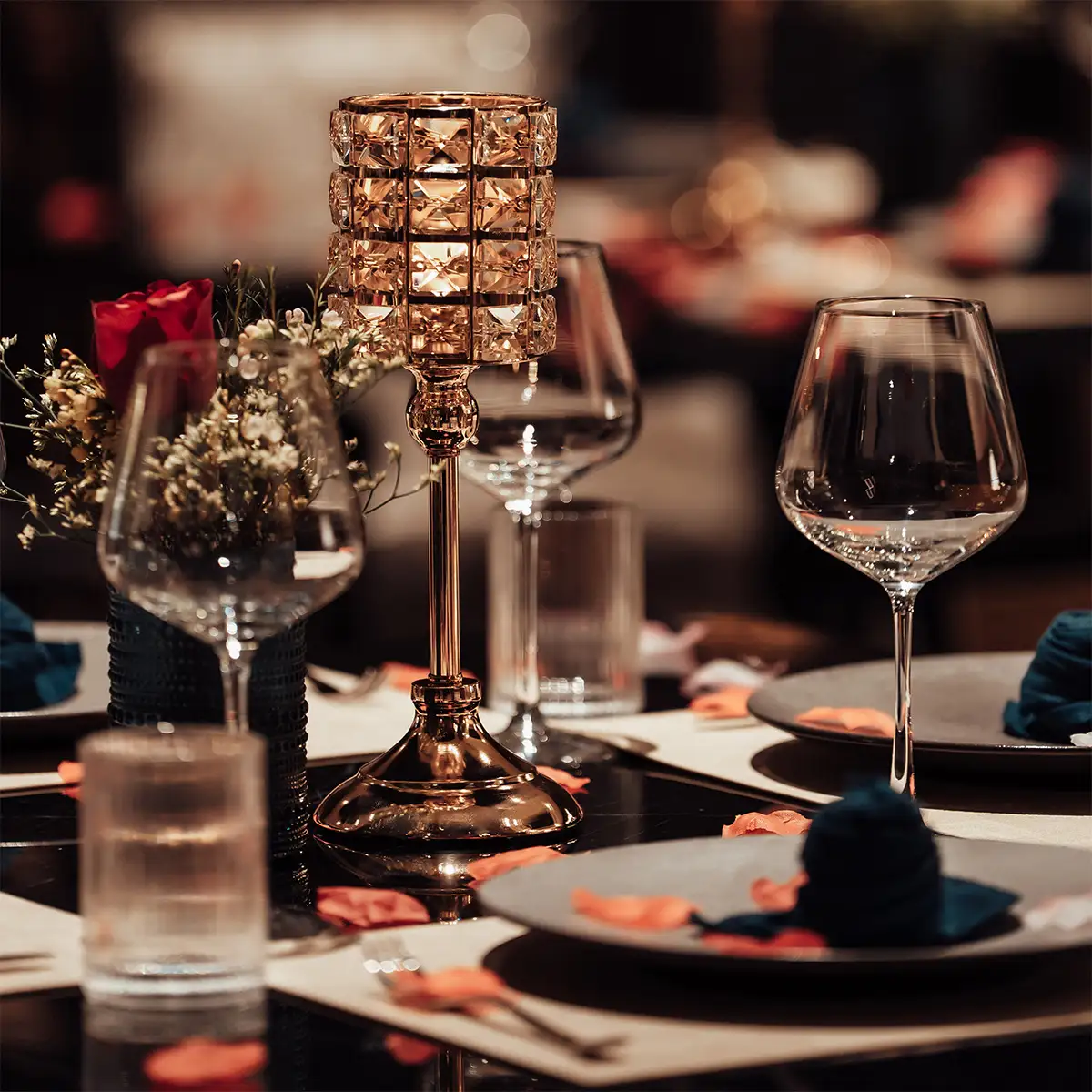The world of gastronomy ranges from everyday comfort food to the refined artistry of haute cuisine. Fine dining goes beyond nourishment, offering an immersive experience of flavor, technique, and presentation that requires a nuanced approach to assessment. The criteria for evaluating fine dining dishes are essential because each element is carefully crafted to create a masterpiece. At Moca Dining, we believe that understanding these standards deepens appreciation for the sophisticated culinary experiences we offer. Evaluating fine dining involves more than judging taste; it means analyzing every component to truly recognize the skill and artistry involved.
1. Taste: The soul of the dish
The foremost element in evaluating fine dining dishes is, unequivocally, taste. This is where the chef's vision truly comes to life, engaging the diner's most fundamental sensory experience.
- Balance: A hallmark of exceptional fine dining is the harmonious interplay of flavours. This involves a delicate equilibrium between sweet, sour, spicy, salty, bitter, and the often-elusive umami. No single flavour should overpower the others; instead, they should coalesce to create a symphony on the palate. For instance, a perfectly balanced dish might feature the sweetness of a fruit reduction cutting through the richness of seared foie gras, with a hint of acidity to cleanse the palate.
- Depth: Beyond initial impact, a superior dish reveals complex, multi-layered flavours. This depth of flavour unfolds gradually, offering new sensations with each bite and culminating in a lingering, memorable aftertaste. Consider a slow-braised oxtail ragu, where the initial richness gives way to notes of herbs, wine, and the subtle sweetness of mirepoix, each layer contributing to the overall gastronomic experience.
- Uniqueness: In the competitive landscape of high-end cuisine, a distinctive flavour profile that sets a dish apart is highly prized. It should not be a mere imitation but an original creation that reflects the chef's unique perspective and culinary signature. This is a key aspect of judging culinary excellence.
-
Ingredient quality: The intrinsic taste of the components themselves is paramount. The natural, unadulterated freshness of the ingredients should shine through, forming the foundation upon which other flavours are built. This is fundamental to any restaurant dish scoring.
- High-scoring example: A seafood bisque exhibiting a rich, velvety texture, where the sweet notes of lobster and crab are perfectly balanced by a subtle touch of sherry and tarragon, with the inherent freshness of the seafood being the star.
- Low-scoring example: A dish that is excessively salty, overwhelmingly sweet, or lacks any discernible balance, often indicating a misjudgment in seasoning or a failure to harmonize contrasting flavours.
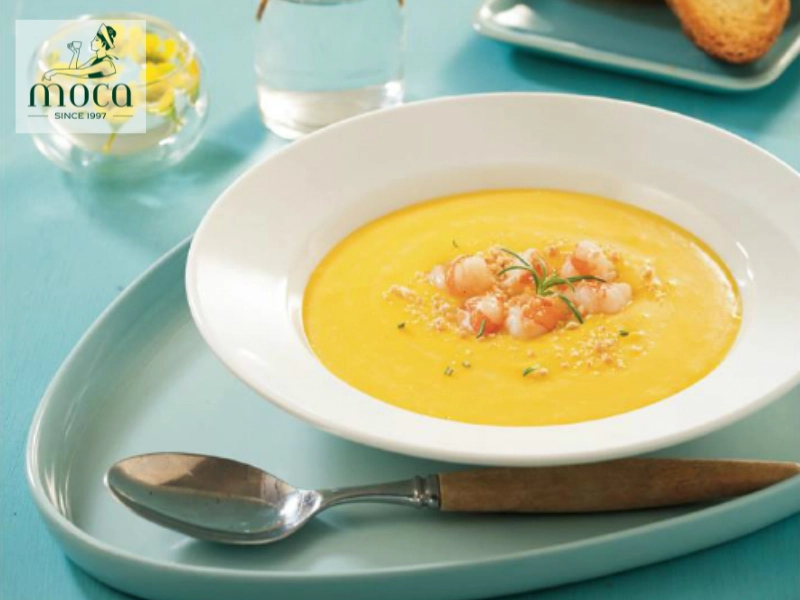
Flavors in perfect harmony — a true masterpiece of taste and balance.
Learn more: Fine Dining Art: The Perfect Combination of High-End Cuisine and Art
2. Ingredients: The foundation of flavour
The quality of ingredients is a non-negotiable aspect of fine dining evaluation. It speaks volumes about the restaurant's commitment to excellence and respect for the product.
- Quality: This encompasses fresh ingredients with traceable, clear origins, selected with meticulous care. Discerning chefs often build relationships with trusted suppliers to ensure a consistent supply of premium produce, meats, and seafood. This ingredient quality assessment for restaurants is crucial.
- Seasonality: Utilizing seasonal ingredients is not merely a trend but a cornerstone of fine dining. Ingredients harvested at their peak offer the most vibrant flavours and nutritional value. A spring menu, for example, might celebrate asparagus and peas, while autumn could showcase mushrooms and root vegetables.
- Sustainability: Increasingly, evaluating fine dining dishes includes considering the ethical and environmental impact of sourcing. Prioritizing ingredients from sustainable food sources and environmentally friendly farms demonstrates a responsible approach to gastronomy.
-
Combination: The art of fine dining also lies in the harmonious and often innovative combination of ingredients. Seemingly disparate elements can be brought together to create a unique and delightful flavour profile that surprises and satisfies the discerning palate.
- High-scoring example: A vibrant salad composed of locally sourced, organic heirloom tomatoes, artisan goat cheese, and microgreens, dressed with a light vinaigrette that enhances, rather than masks, the natural flavours of the seasonal ingredients.
- Low-scoring example: A dish relying on frozen or out-of-season ingredients, resulting in a muted flavour profile, or using components of unclear origin, which raises concerns about quality and freshness.
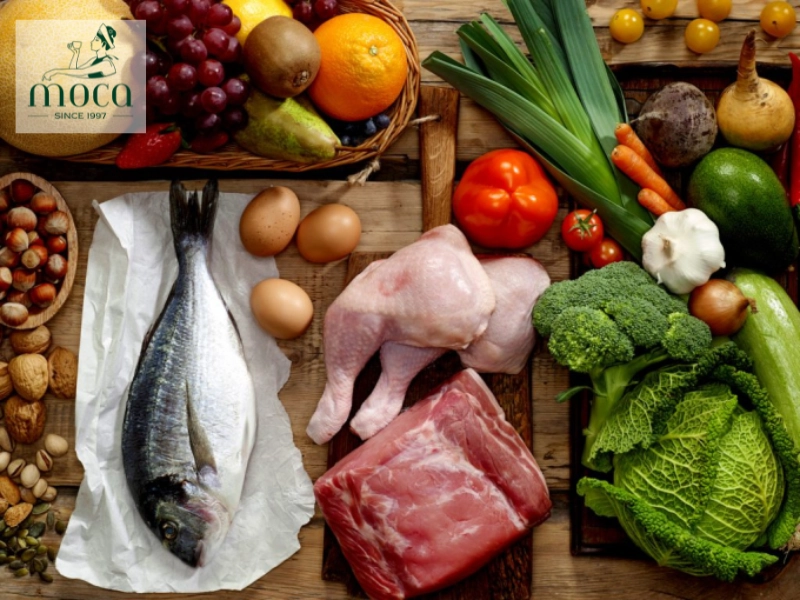
Freshness and provenance at the heart of every exquisite dish.
3. Technique: The chef's artistry
Culinary technique is where the chef's skill, precision, and creativity are most evident. It is the bridge between high-quality ingredients and an extraordinary dining experience, a vital part of culinary technique evaluation.
- Precision: This refers to the accurate execution of cooking methods. Whether it's searing, poaching, braising, or emulsifying, precise cooking techniques ensure that each component is cooked to its optimal state – proteins that are tender and moist, vegetables that retain their crispness and colour, and sauces that achieve the perfect consistency.
- Creativity: While classical techniques form the bedrock of fine dining, innovative and creative cooking techniques can elevate a dish, offering a novel and exciting experience for diners. This might involve modern approaches like spherification or espuma, or a unique twist on a traditional method.
-
Expertise: The techniques employed should clearly demonstrate the chef's profound understanding of culinary principles, ingredient properties, and flavour interactions. This culinary expertise is palpable in the final dish.
- High-scoring example: A dish of Wagyu beef cooked using the sous vide technique to achieve unparalleled tenderness and an even internal temperature, then perfectly seared to create a flavourful crust, showcasing both precision and an understanding of modern methods.
- Low-scoring example: A piece of fish that is overcooked and dry, a sauce that has split, or vegetables that are burnt, all indicate a lapse in precise cooking techniques or attention to detail.
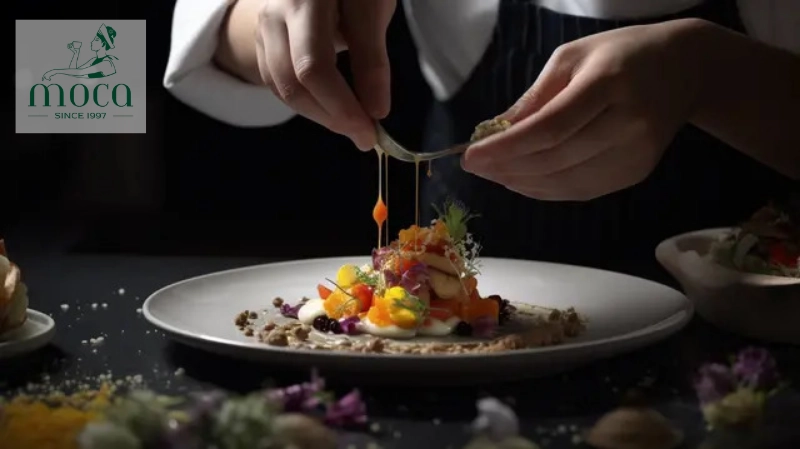
Mastery in every move — precision and creativity on a plate.
Learn more: Fine Dining Restaurant: Discover The Ultimate Culinary Experience
4. Presentation: The first impression
In fine dining, the visual appeal of a dish is integral to the overall experience. Food presentation standards are exceptionally high, as the eyes often feast before the palate.
- Aesthetics: A beautifully presented dish is a work of art. This involves careful consideration of colour, shape, texture, and composition on the plate. The arrangement should be inviting and reflect the quality of the ingredients and the skill of the chef. This is a key benchmark for haute cuisine.
- Creativity: Beyond mere neatness, creative presentation with high artistic value can transform a meal into a memorable event. This might involve unconventional plating, the use of negative space, or artistic garnishes that complement the dish's theme.
-
Refinement: Meticulous and careful presentation, down to the smallest detail, demonstrates respect for the diner and the ingredients. It signifies that every aspect of the dish has been thoughtfully considered.
- High-scoring example: A dessert presented as a miniature edible landscape, perhaps a chocolate mousse "boulder" with pistachio "moss" and a berry coulis "stream," showcasing intricate details, harmonious colours, and a playful concept.
- Low-scoring example: A dish that is sloppily plated, with clashing colours, an unappetizing arrangement, or a presentation style that is incongruous with the restaurant's sophisticated ambiance.

Where visual poetry meets culinary precision.
5. Balance: The cohesive experience
Ultimately, evaluating fine dining dishes culminates in assessing the overall balance and harmony of the entire experience.
- Balance Between Elements: A truly exceptional dish achieves a seamless balance between flavour, ingredients, technique, and presentation. No single element should overshadow the others; rather, they should work in concert to create a cohesive and satisfying whole.
-
Harmony: This extends beyond the plate to the broader context of the dining experience. The dish should be in harmony with the restaurant's atmosphere, the quality of service, and the overall narrative the establishment seeks to convey. A rustic dish, however delicious, might feel out of place in an ultra-modern, minimalist setting.
- High-scoring example: A dish that not only tastes exquisite due to balanced flavours and fresh ingredients but is also cooked with skillful technique, presented beautifully, and perfectly complements the elegant ambiance and attentive service of the restaurant, resulting in a flawless fine dining experience.
- Low-scoring example: A dish that might excel in one area, such as having a striking presentation, but falls short in flavour or uses subpar ingredients, thereby creating an incomplete or disjointed experience. This highlights the importance of assessing culinary excellence holistically.
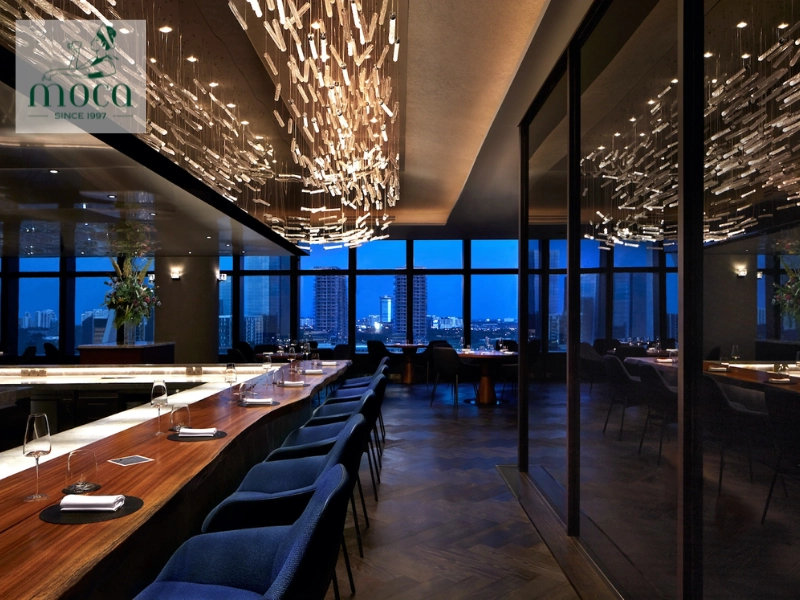
Culinary harmony — where every detail sings in perfect balance.
6. Moca Dining: A commitment to quality and creativity in every dish
At Moca Dining, we are steadfast in our commitment to providing an unparalleled fine dining experience. This dedication is woven into the fabric of our culinary philosophy, and we rigorously adhere to these comprehensive criteria for evaluating fine dining dishes. Our chefs, artisans in their own right, pour their expertise and passion into every creation, ensuring that each dish is a testament to Moca Dining quality.
We meticulously source the freshest seasonal ingredients, employ both classic and innovative culinary techniques with utmost precision, and believe that presentation is an art form. Our signature dishes are crafted to meet and exceed these exacting fine dining standards. Each element is thoughtfully considered to ensure a harmonious and memorable journey for your palate.
We warmly invite you, our esteemed guests, to experience the culmination of these efforts and to engage in your own evaluating fine dining dishes here at Moca Dining. Your discerning appreciation is what inspires our continuous pursuit of culinary excellence.
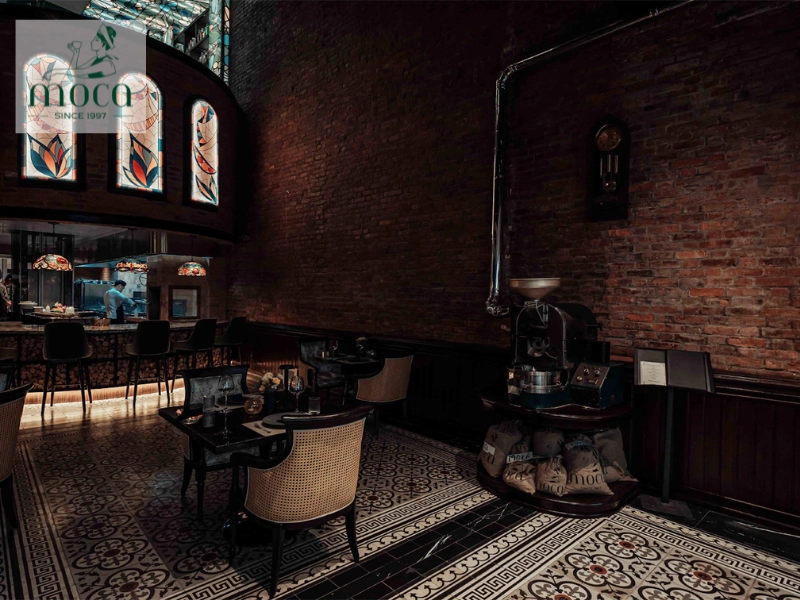
Excellence in every detail — the Moca Dining experience awaits.
In summary, the criteria for evaluating fine dining dishes involve a refined balance of taste, ingredient quality, technique, presentation, and overall harmony. Understanding these benchmarks deepens appreciation for the chef’s artistry and helps diners recognize true culinary excellence. We emphasize the importance of this careful assessment in raising culinary standards and encourage you to make a reservation at Moca Dining—and apply these criteria throughout your gastronomic journeys—to fully enjoy and understand high-end cuisine. For those eager to explore further, topics like wine pairing and gastronomy history offer valuable insights.







